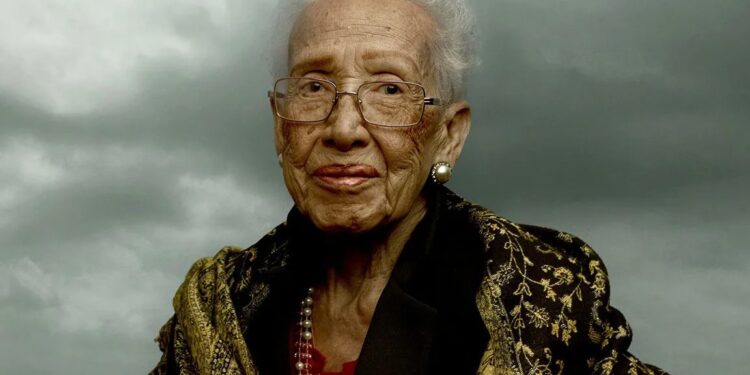Katherine G. Johnson, an extraordinary mathematician and aerospace engineer, left an indelible mark on the fields of space exploration and civil rights. Born in 1918 in White Sulphur Springs, West Virginia, she displayed an early passion for numbers and was a prodigious learner. Despite facing racial and gender discrimination during her time, she refused to be discouraged and relentlessly pursued her dreams.
Johnson’s brilliance caught the attention of NASA’s predecessor, the National Advisory Committee for Aeronautics (NACA), in the 1950s. She joined the West Area Computing unit, a group of African-American female mathematicians known as “human computers.” Despite the segregation and marginalization they endured, Johnson’s exceptional skills made her an invaluable asset. She made vital contributions to various aeronautical projects, calculating trajectories and analyzing flight data.
Her most significant work came during the space race when NACA transitioned into NASA. Katherine Johnson played a crucial role in John Glenn’s historic 1962 mission, becoming the first American to orbit the Earth. Her meticulous trajectory calculations were pivotal in ensuring the success and safety of the mission.
As NASA transitioned to electronic computers, Johnson’s expertise remained unparalleled. Her colleagues, recognizing her brilliance, sought her counsel on critical missions. Johnson’s contributions extended to the Apollo moon missions, helping plot trajectories for lunar landings.
In 1969, she co-authored a report on Earth’s atmosphere, providing vital information that improved space navigation and satellite technology. Katherine’s groundbreaking achievements shattered racial and gender barriers, inspiring future generations of women and African-Americans to pursue careers in science and engineering.
Despite the accolades she deserved, Katherine G. Johnson’s story remained relatively unknown until the release of the 2016 movie “Hidden Figures,” which highlighted the invaluable contributions of Johnson and her female colleagues at NASA. The film catapulted her into the spotlight, and she became a symbol of resilience, intelligence, and triumph over adversity.
In 2015, Johnson was awarded the Presidential Medal of Freedom, and in 2017, NASA dedicated a computational research facility in her honor. Her legacy serves as a reminder that diversity and inclusion are essential for innovation and progress.
Katherine G. Johnson’s extraordinary life journey serves as an inspiration for generations to come. Her pioneering work at NASA, along with her determination to excel in the face of adversity, has forever cemented her place in history as a true American hero and a trailblazer for women in STEM fields.
newshub



Recent Comments